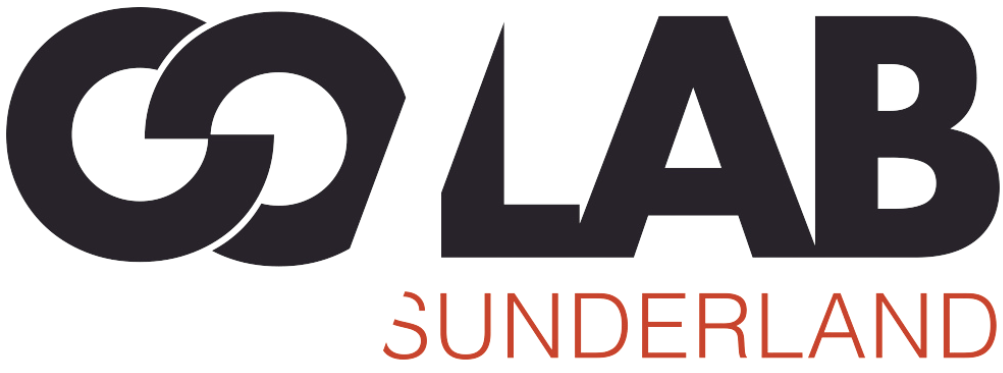Soundmirror reflections & outcomes
Author: Rob Smith
Project: Soundmirror
Sound mirrors were constructed in the First World War to provide an early warning of zeppelins approaching from across the sea. Their large concrete dishes (around 3m in diameter) could catch the sounds of the zeppelin engines from a great distance and reflect them to a microphone at the focal point of the dish so their operators could alert people of approaching air raids. There was a network of these structures built along the North East coast to protect its towns, cities and ports. Two of these sound mirrors remain today - one in Fulwell, Sunderland and one in Redcar, and during this project an archaeological excavation took place in Clavering to find evidence of the sound mirror that once listened to the coastal horizon over Hartlepool.
Through this project Rob Smith has approached these sound mirrors as environmental sensors and through his engagement with different groups of people has explored how technological tools can gather data from our environment, and asked how we listen to the places we live in today. These activities have included working with pupils at Clavering Primary School to program sound level monitors on their ipads, listening to and recording the sounds or the archaeologists excavating the site of a sound mirror, the creation of 3D lidar scan of a sound mirror, alongside collaborations with artists Tim Shaw and Shelly Knotts, to share the project through listening labs and sound walks.
The soundmirror artwork that developed from these investigations, connected live sound data from three locations connected with histories of the sound mirrors, with a database of sound recordings that people are invited to contribute to. The artwork would then generate an audio responsive, animated, 3d model of a sound mirror that would react to these inputs in real time creating a unique encounter with the work each time that it is viewed.
People visiting the website at soundmirror.xyz were invited to listen to their immediate environment and record ten seconds of sound. This recording was then played back to them with a 3D model of a sound mirror pulsing to the changing sounds, and their recording is then sampled and mixed with more sounds from the database, creating a new soundscape as it is brought together with sounds from other sites and other people's engagements with the project.
Three live sound level monitors were also deployed as part of this artwork. They were placed with partners in the project at sites connected with the histories of the sound mirrors. These were; Clavering Primary School, Heugh Battery museum and in the garden of some volunteers who live close to Fulwell sound mirror. The data these sensors gather is used to directly control the position from which the animation of the sound mirror is viewed in the artwork, meaning that the experience of the audience is constantly changing with the sound levels from these places and connecting their experience with these sites along the North East coast.
Sound design of Soundmirror was created in collaboration with Shelly Knotts, 3D lidar scan of the sound mirror was facilitated by Roger Thomas at SAM, and laser cutting for the sound monitors by Alistair Macdonald at FabLab.
Key outcomes:
Development of Soundmirror live online artwork
field trip to Fulwell Sound Mirror
lidar scan of Fulwell Sound Mirror (this is being added to Tees Archaeology Archive)
presentation of Ambulation a sonic artwork by Tim Shaw
listening lab at Heugh Battery with Shelly Knotts
environmental listening walks at Clavering Primary School
sound sensor programming workshops with Clavering Primary School
public engagement with archaeological dig of the sound mirror site in Clavering
